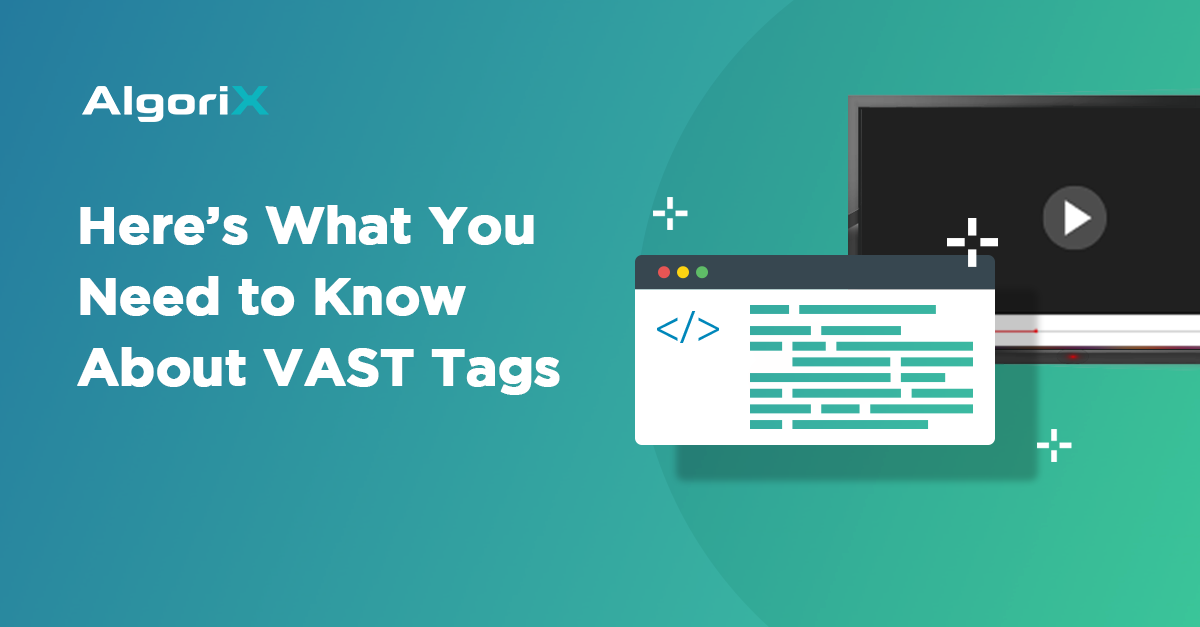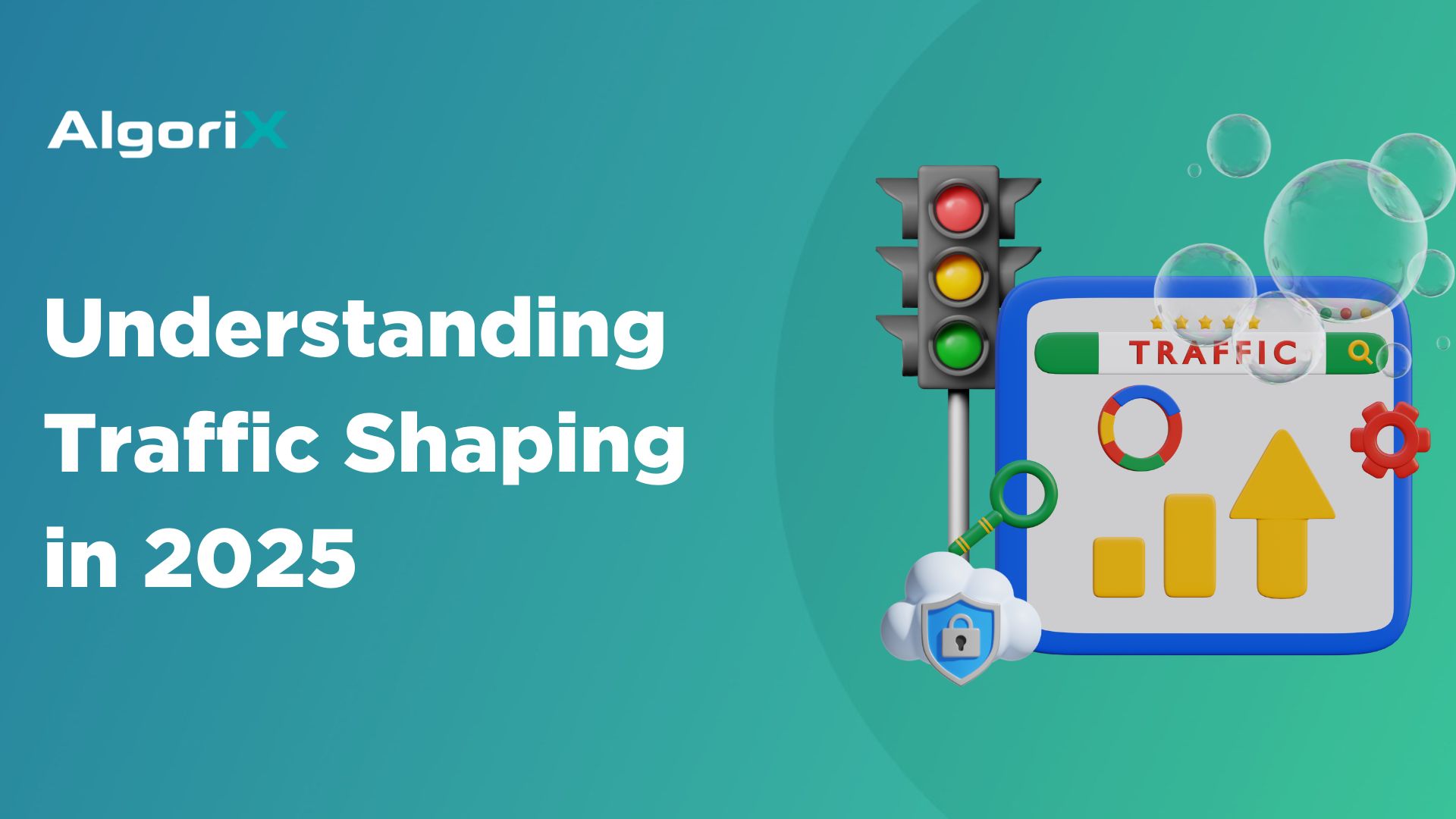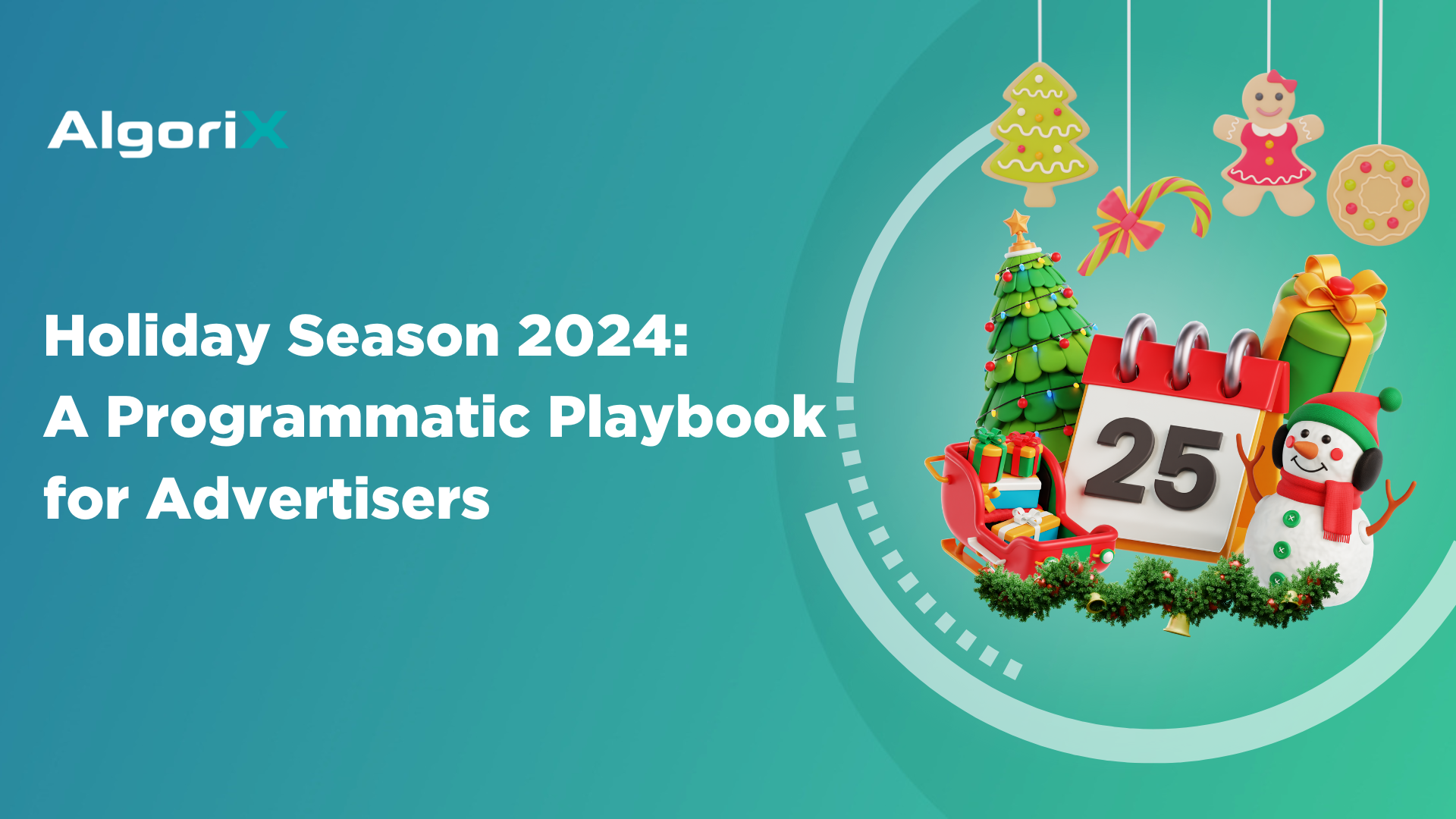Video advertising has been gaining popularity over the years. It’s understandable as many publishers and advertisers realize that it’s a potent revenue generator. And this is all thanks to the increasing adoption of VAST (Video Ad Serving Template), which allows video players to align with third-party ad servers and make their content more personalized.
Over the years, video consumption increased, with many consumers demanding content they can watch as they go. Cisco reported that 82% of global consumer internet traffic would be from video streaming this 2022, increasing by 9% from 2017 numbers.
As such, video ad spending is expected to reach $180.4 billion this 2022 and hit $318.8 billion within the next five years. The majority will pool their resources for programmatic video advertising through the use of VAST tags.
What are VAST Tags?
A VAST tag is a script that permits video players and ad servers to exchange data. In essence, the VAST tag gives video players relevant information to help them retrieve ads, render ads, and choose the ad media type, including ad format, length, information, pricing, duration, and tracking.
VAST transfers metadata from the master video ad slot source into a readable format using XML schema. Once this happens, the format becomes readable to computers and humans, allowing the data to become accessible for video ads.
This process helps simplify the video ad because the video players can play third-party video ads regardless of the ad server or network used.
These VAST tags are generated by ad servers.
Benefits of VAST Tags
VAST tags were first introduced in 2008. It supported various video formats, including 3GP, MP4, and .MOV. Over the years, the number of video formats it supported grew. The latest version, the 4.0, now supports ad options, including server stitching, video and interactive files, mezzanine files, verification, reporting, closed captioning, and viewability. These improvements dramatically benefited publishers in terms of monetizing pages via video ad displays.
The use of VAST tags has several benefits, including:
- Provision of straightforward communication language between video players and ad servers
- Better control on developing and implementing video ads
- Decreased incidence of ad playback and rendering errors from the source file
- Efficient allotment of resources, such as time and budget
How to Create VAST Tags
Here are some ways how to create a VAST tag:
1. Manual VAST tag Addition
For publishers with XML knowledge, manual VAST tag creation is simple. They can use a pre-determined parameter to add tags manually. Once a value is in place, advertisers can use the content to develop an XML. However, many don’t prefer this method since many ad engineers still need to verify the VAST tag.
2. Via Google Ad Manager
VAST tag addition can be done using any compatible ad server, including Google. To do so, publishers will need to set up their Google Ad Manager accounts.
- On their dashboard, click on Inventory >> Ad Units.
- Choose the ad unit and click Tags.
- Indicate Tag Type, Option, and Results. Click Continue after each step.
- Choose Copy Tag.
3. Via AlgoriX
AlgoriX also supports VAST Tag integrations and getting started is really easy! To set up a video using VAST Tag, publishers must complete the following steps:
- Create a publisher account.
- Submit your app or website and the ad placements.
For more information, publishers can check this documentation on VAST Tag integration.
Final Thoughts
VAST has had several improvements over the years. While it still has room to grow, the use of VAST tags has tremendously improved video ad performance, thereby allowing for maximized revenue.
If you need more help to get started, our team is more than happy to help! Contact us to learn more.













